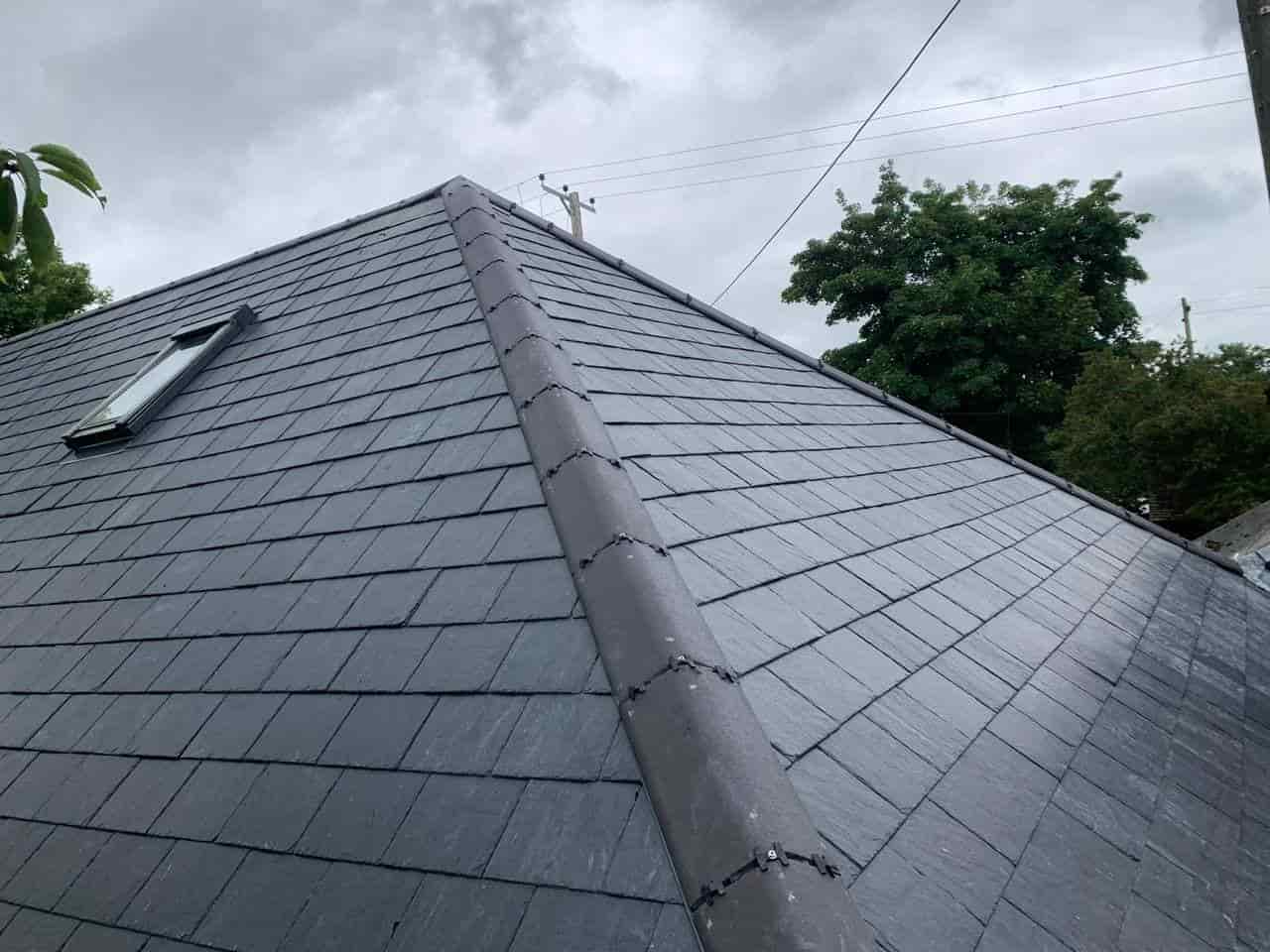Introduction
Choosing the right roofing material is one of the most crucial decisions in home maintenance and renovation. The roof protects your home from natural elements and, significantly influences its aesthetic appeal and increases its market value. However, with the vast array of roofing materials available today, selecting the best one can be a daunting task. This blog aims to guide homeowners through the process of choosing the most suitable roofing material based on durability, cost, aesthetic preference, and environmental conditions.
Understanding Roofing Materials
To begin, let’s explore the most popular types of roofing materials available:
Asphalt Shingles: This is the most commonly used roofing material due to its cost-effectiveness and ease of installation. Asphalt shingles come in various colours and styles and are suitable for various temperatures.
Metal Roofing: Metal roofs are durable, environmentally friendly, and energy-efficient. They can last up to 50 years or more and are available in aluminium, steel, copper, and zinc materials.
Clay and Concrete Tiles: These materials add texture and elegance to a roof. They are extremely durable and non-combustible and can help regulate indoor temperatures.
Slate Roofing: Known for its natural appearance, incredible durability, and longevity, slate is one of the most premium roofing materials. It is heavy, which might require additional structural support.
Wood Shingles and Shakes: Wood delivers a natural look that ranges from rustic to modern. While wood shingles are precisely cut, shakes are hand-split, giving them a more rugged appearance.
Synthetic Roofing: This includes rubber, plastic, and polymer roofing, designed to give the appearance of natural materials such as wood or slate but with less maintenance and often improved weather resistance.
Factors to Consider When Choosing Roofing Material
1. Climate: The first factor to consider is your area’s climate. Materials like slate and clay are excellent for hot climates as they are naturally good at deflecting sunlight. Metal can withstand high winds and is great for areas prone to severe weather. Asphalt shingles are versatile but may not be the best choice for extremely hot climates as they tend to degrade faster.
2. Roof Slope (Pitch): The roof’s slope can also dictate your choice of roofing material. Flat roofs require materials that can lie flat and handle potential water pooling, such as built-up roofing or rubber membranes. Steep roofs are suitable for tiles and shingles, which can shed water more efficiently.
3. Aesthetics and Style of Your Home: The material should complement the style of your home. For instance, slate and tiles fit well with historic and colonial-style homes, while metal and asphalt might suit modern homes.
4. Durability and Longevity: Consider how long you want your new roof to last. Metal roofs and slate are more expensive but can last over 50 years. Asphalt might need replacement after 20 years.
5. Weight: Make sure your house can structurally support the weight of the material. Slate and tile are heavy and may need additional framing, which can be expensive.
6. Cost and Budget: Budget constraints are always important. Asphalt shingles are the most cost-effective, while materials like slate tiles are at the higher end of the price spectrum. Always consider installation costs in addition to material costs, as some materials require special installation, which can be pricey.
7. Maintenance and Repair: Some materials require more maintenance than others. Wood shingles, for example, may need to be treated to prevent rot and termites, whereas metal roofing requires very little upkeep.
8. Environmental Impact: For those concerned with sustainability, materials like metal roofing, which is often made from recycled materials and is 100% recyclable, may be appealing. Clay and slate also have low environmental impact.
Consulting with Professionals
Before making a decision, it is advisable to consult with professional roofing companies. They can provide insights on the best materials for your home’s structure, local climate, and potential installation issues.
Conclusion
Choosing the right roofing material for your house involves thoroughly assessing several factors, including climate, roof slope, home style, and budget. Each material has advantages and limitations, and the best choice will balance durability, aesthetics, cost-effectiveness, and environmental considerations. Remember, a well-chosen roof protects your home and enhances its overall appeal and value. Take your time, do your research, and consult with professionals to make the most informed decision. Investing in the right roof is investing in the future of your home.
For further information, click here to visit our website or call Leicester Roofing Services on 0116 216 5263.
Click here to complete our contact form and see how we can help you with your roofing needs.
